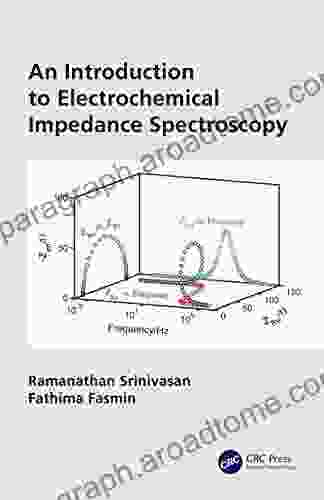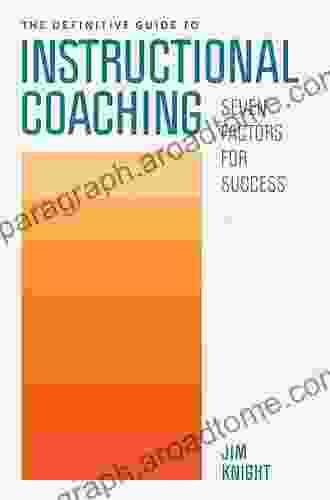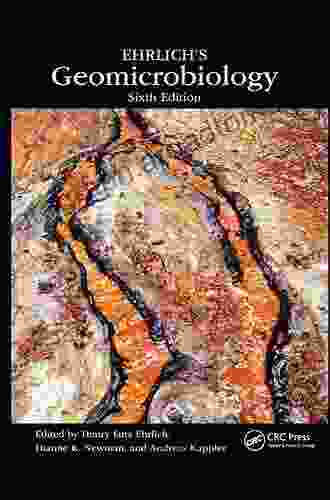Unlock the Power of Electrochemical Impedance Spectroscopy: An In-Depth Guide

Electrochemical impedance spectroscopy (EIS) is a powerful non-destructive technique used to probe the electrochemical properties of materials and interfaces. It involves applying a small-amplitude sinusoidal voltage to an electrochemical cell and measuring the resulting current response. By analyzing the impedance behavior, it is possible to gain insights into the structure, composition, and dynamics of the electrode-electrolyte interface.
What is Electrochemical Impedance Spectroscopy?
EIS is based on the principle that the electrochemical cell can be represented as an equivalent circuit, consisting of a combination of resistors, capacitors, and inductors. When an AC voltage is applied, the current flow through the circuit is determined by the impedance of the circuit elements.
5 out of 5
| Language | : | English |
| File size | : | 13129 KB |
| Screen Reader | : | Supported |
| Print length | : | 262 pages |
The impedance is a complex quantity that has both magnitude and phase. The magnitude represents the resistance to current flow, while the phase represents the time delay between the voltage and current signals. The impedance behavior of the circuit can be affected by various factors, including the electrode surface area, the thickness and porosity of the electrode film, and the concentration of ions in the electrolyte.
Applications of Electrochemical Impedance Spectroscopy
EIS is widely used in various fields, including:
- Corrosion science: To study the corrosion behavior of metals and alloys, and to develop protective coatings and inhibitors. - Battery research: To characterize the electrochemical properties of battery materials and to optimize battery performance. - Fuel cell research: To evaluate the performance of fuel cell catalysts and to develop new fuel cell materials. - Sensor development: To design and characterize electrochemical sensors for various applications. - Bioelectrochemistry: To study the electrical properties of biological systems, such as cells and tissues.
Benefits of Electrochemical Impedance Spectroscopy
EIS offers several advantages over other electrochemical techniques:
- Non-destructive: EIS does not involve any chemical or physical modification of the sample, making it suitable for studying delicate or fragile materials. - Wide frequency range: EIS can be performed over a wide frequency range, allowing the investigation of electrochemical processes occurring at different time scales. - Versatile: EIS can be used to characterize various electrochemical systems, including solid-liquid, liquid-liquid, and gas-liquid interfaces. - Insightful: EIS provides valuable information about the structure, composition, and dynamics of the electrode-electrolyte interface.
An to Electrochemical Impedance Spectroscopy
The recently published book, "An to Electrochemical Impedance Spectroscopy," by Dr. Anna Pompei and Dr. Robert Bard, provides a comprehensive overview of EIS principles, experimental techniques, and data analysis methods. The book is written in a clear and accessible style, making it suitable for readers with a basic understanding of electrochemistry.
Key Features of the Book
- Thorough coverage: The book covers all aspects of EIS, from basic concepts to advanced applications. - Real-world examples: The book includes numerous real-world examples and case studies to illustrate the practical applications of EIS. - Detailed explanations: The book provides clear and detailed explanations of complex concepts, making it easy for readers to understand the material. - Interactive exercises: The book includes interactive exercises and problems to help readers test their understanding of the material. - References and further reading: The book includes an extensive list of references and further reading materials for readers who wish to delve deeper into the topic.
Who Should Read This Book?
"An to Electrochemical Impedance Spectroscopy" is a valuable resource for:
- Students of electrochemistry and materials science - Researchers in corrosion, battery, fuel cell, and sensor development - Professionals working in the field of electrochemistry - Anyone interested in understanding the principles and applications of EIS.
Electrochemical impedance spectroscopy is a powerful technique that can provide valuable insights into the electrochemical properties of materials and interfaces. "An to Electrochemical Impedance Spectroscopy" by Dr. Anna Pompei and Dr. Robert Bard provides a comprehensive and accessible guide to this important technique. By understanding the principles and applications of EIS, readers can harness its power to unlock new discoveries and advance scientific research.
5 out of 5
| Language | : | English |
| File size | : | 13129 KB |
| Screen Reader | : | Supported |
| Print length | : | 262 pages |
Do you want to contribute by writing guest posts on this blog?
Please contact us and send us a resume of previous articles that you have written.
 Book
Book Novel
Novel Page
Page Chapter
Chapter Text
Text Story
Story Genre
Genre Reader
Reader Library
Library Paperback
Paperback E-book
E-book Magazine
Magazine Newspaper
Newspaper Paragraph
Paragraph Sentence
Sentence Bookmark
Bookmark Shelf
Shelf Glossary
Glossary Bibliography
Bibliography Foreword
Foreword Preface
Preface Synopsis
Synopsis Annotation
Annotation Footnote
Footnote Manuscript
Manuscript Scroll
Scroll Codex
Codex Tome
Tome Bestseller
Bestseller Classics
Classics Library card
Library card Narrative
Narrative Biography
Biography Autobiography
Autobiography Memoir
Memoir Reference
Reference Encyclopedia
Encyclopedia Rhonda Phillips
Rhonda Phillips John Hick
John Hick Robin Stepan
Robin Stepan Xiuhtezcatl Martinez
Xiuhtezcatl Martinez Lisa Pietsch
Lisa Pietsch M Sweeney
M Sweeney John A Mcdougall
John A Mcdougall Roxann Prazniak
Roxann Prazniak Spencer Wells
Spencer Wells Joffrey Dubois
Joffrey Dubois Swami Nikhilananda
Swami Nikhilananda Paul J Feldstein
Paul J Feldstein Joe Dorward
Joe Dorward Jim Osman
Jim Osman Ronald Jones
Ronald Jones Johan Hellsten
Johan Hellsten Matthew Gavin Frank
Matthew Gavin Frank Jonathan London
Jonathan London Tracy Ross
Tracy Ross Oswald Spengler
Oswald Spengler
Light bulbAdvertise smarter! Our strategic ad space ensures maximum exposure. Reserve your spot today!
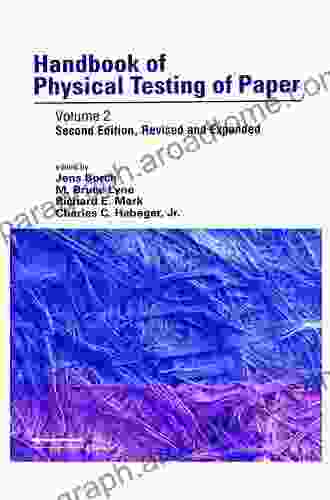
 Nathaniel PowellHandbook of Physical Testing of Paper: Your In-Depth Guide to Evaluating...
Nathaniel PowellHandbook of Physical Testing of Paper: Your In-Depth Guide to Evaluating... Guillermo BlairFollow ·13.7k
Guillermo BlairFollow ·13.7k Neil GaimanFollow ·4k
Neil GaimanFollow ·4k Pete BlairFollow ·2.4k
Pete BlairFollow ·2.4k Robin PowellFollow ·4.7k
Robin PowellFollow ·4.7k Casey BellFollow ·14.5k
Casey BellFollow ·14.5k Levi PowellFollow ·16.7k
Levi PowellFollow ·16.7k Osamu DazaiFollow ·7.3k
Osamu DazaiFollow ·7.3k Jeremy MitchellFollow ·2.3k
Jeremy MitchellFollow ·2.3k

 Julio Cortázar
Julio CortázarAn Illustrated Encyclopedia Of Live Concerts And...
Immerse yourself in the...
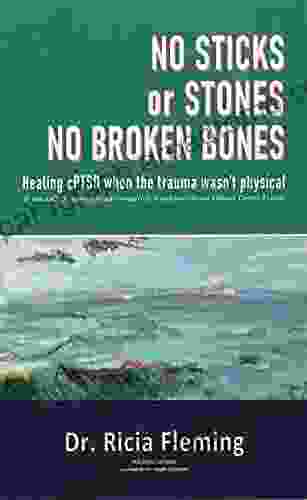
 Edgar Cox
Edgar CoxNon Physically Assaultive Attachment Based Chronic Covert...
What is Covert...

 Robert Reed
Robert ReedThe Baseball of Why: Unraveling the Intricacies of...
Step up to the plate and...
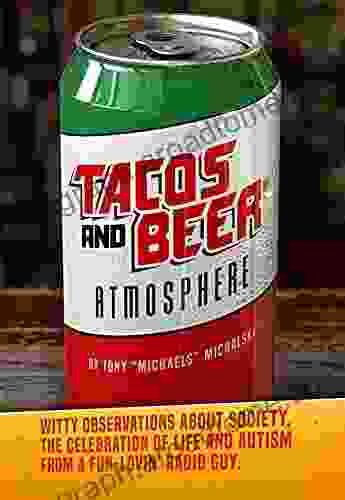
 Aldous Huxley
Aldous HuxleyTacos and Beer: An Atmosphere of Flavorful Delights
In the realm of culinary adventures,...

 Stan Ward
Stan WardUnlock the Secrets of the Aramaic Jesus: Revelations of a...
Journey Back to the Roots of...

 Vincent Mitchell
Vincent MitchellMillionaire Success Strategies: Your Blueprint for...
Unlock the...
5 out of 5
| Language | : | English |
| File size | : | 13129 KB |
| Screen Reader | : | Supported |
| Print length | : | 262 pages |


